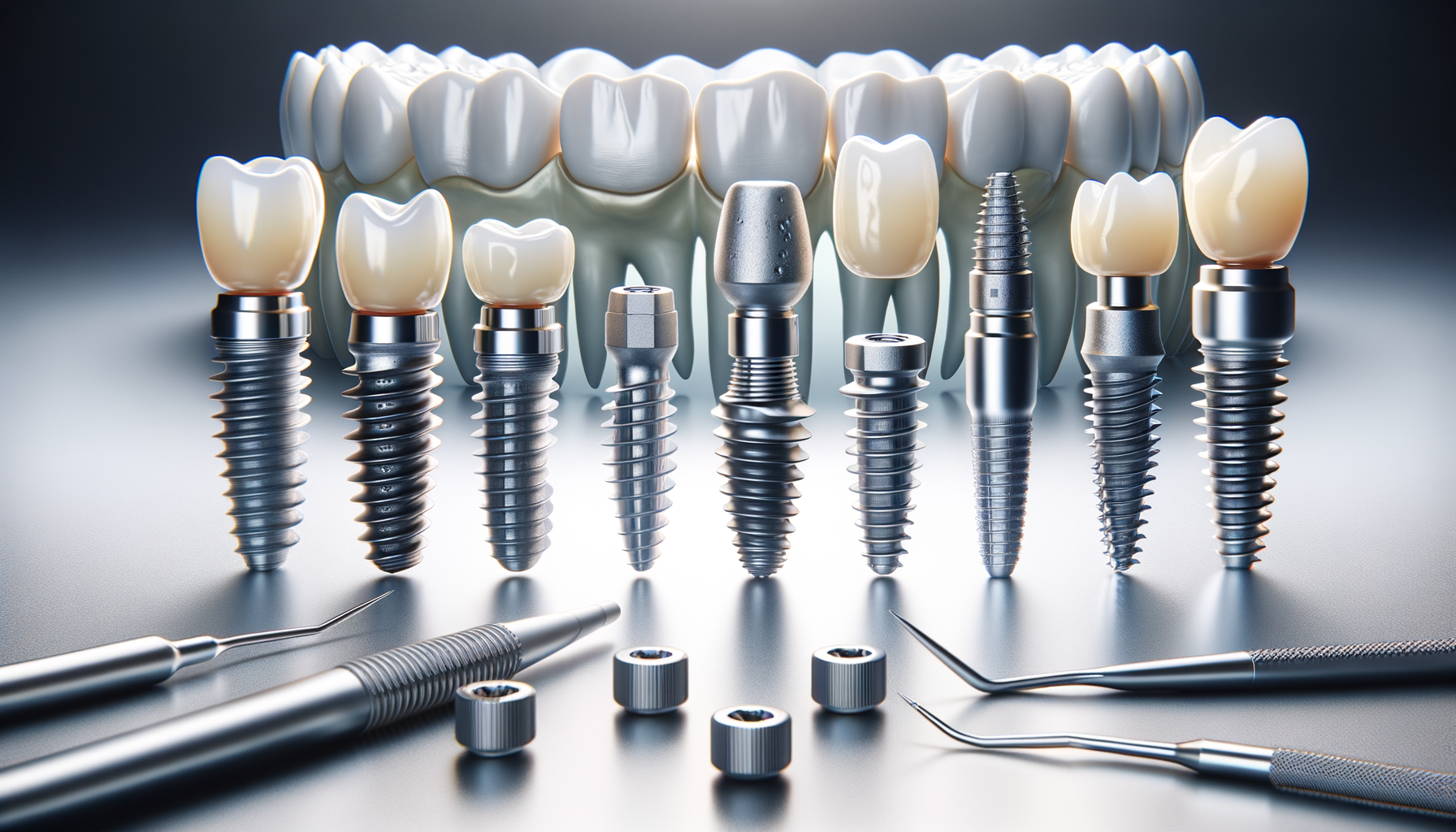An Introduction to Screwless Dental Implants
Dental restoration has long relied on traditional screw-based implants, a method that, while effective, comes with its own set of challenges. Recent advancements have introduced screwless options, offering a promising alternative for patients and practitioners alike. These innovations aim to simplify the implant process, reduce complications, and enhance patient comfort.
Screwless dental implants are designed to eliminate the need for screws by using alternative fixation methods. This shift not only streamlines the procedure but also addresses common issues associated with screw-based systems, such as screw loosening and fracture. By minimizing these risks, screwless options promise a more reliable and enduring solution for dental restoration.
As the dental industry continues to evolve, understanding the benefits and implications of screwless implants is crucial for both dental professionals and patients. This article delves into the nuances of screwless dental restoration, examining its advantages, potential drawbacks, and the future it holds for dental care.
The Mechanics Behind Screwless Implants
At the heart of screwless implants is a unique mechanism that secures the implant without the need for traditional screws. These systems often use friction-fit or press-fit designs, which rely on the precise engineering of the implant and the bone interface to achieve stability. The implant is typically tapered, allowing it to be gently pressed into a pre-drilled site in the jawbone, where it achieves a tight fit.
This method offers several advantages. Firstly, it reduces the risk of micro-movement, which can occur with screw-based implants if the screws become loose over time. This stability is crucial for the successful osseointegration of the implant, where the bone grows around and fuses with the implant surface.
Moreover, the absence of screws means fewer components are involved, simplifying the overall design and reducing the potential for mechanical failures. This can lead to a more straightforward and quicker procedure, with less time spent on adjustments and corrections during and after the surgery.
Comparing Screwless and Traditional Implants
When comparing screwless implants to their traditional counterparts, several key differences emerge. Traditional screw-based implants involve a multi-step process that includes the placement of a screw into the jawbone, followed by the attachment of the prosthetic tooth. This method is well-established but can be prone to complications such as screw loosening and peri-implantitis, an inflammatory reaction in the tissues surrounding the implant.
Screwless implants, on the other hand, offer a streamlined approach. With fewer components and a simpler procedure, they reduce the likelihood of complications. This can lead to improved patient outcomes, with less postoperative discomfort and a quicker recovery time.
However, it’s important to note that screwless implants may not be suitable for all patients. Factors such as bone density and the specific anatomical characteristics of the patient’s jaw can influence the success of the implant. Dental professionals must carefully assess each case to determine the most appropriate solution.
Patient Experience and Satisfaction
One of the most significant benefits of screwless implants is the improved patient experience. The simplified procedure often results in less trauma to the surrounding tissues, reducing postoperative pain and swelling. Patients typically report a more comfortable recovery process, with fewer complications and follow-up visits required.
Additionally, the aesthetic outcomes of screwless implants are highly satisfactory. The seamless integration of the implant with the surrounding tissues often results in a more natural appearance, which is a crucial factor for patients concerned about the visual aspects of their dental restoration.
Patient satisfaction is further enhanced by the durability and longevity of screwless implants. With fewer mechanical components, the risk of failure is minimized, offering patients a long-term solution that requires minimal maintenance.
The Future of Screwless Dental Restoration
As technology continues to advance, the future of screwless dental restoration looks promising. Ongoing research and development are focused on improving the materials and techniques used in these implants, further enhancing their performance and reliability.
Innovations such as bioactive coatings that promote faster osseointegration and the use of advanced imaging techniques for precise implant placement are just a few examples of how the field is evolving. These advancements are likely to expand the applicability of screwless implants, making them a viable option for a broader range of patients.
The growing acceptance of screwless options in dental restoration reflects a broader trend towards minimally invasive procedures that prioritize patient comfort and outcomes. As more dental professionals adopt these methods, the landscape of dental care is set to change, offering patients more choices and better results.




Leave a Reply